Protests against racialized police brutality have broken out worldwide in recent weeks, ignited by the killing of George Floyd in the United States.
Some of these protests have become what can be described as riots, involving the destruction of property and hostility toward police. They’ve been met with opposition from commentators.
While some of the opposition to “rioting” is tactical — which I will not be addressing here — much is moralistic. Those opposed to riots on moral grounds often claim that while they may agree with protesters’ goals, the means they use to try to reach them are unacceptable. But this is a mistaken approach, and stems from misconceptions about popular protest.
Rioting is rational behaviour performed by disillusioned and marginalized citizens, not a senseless free-for-all instigated by people simply seeking to cause trouble.
Legitimate vs. Illegitimate Violence
There are two forms of violence in the public imagination: from the state and from civilians.
The first is ostensibly sophisticated, and necessary for a state’s existence. We grow up in highly militarized police states that solve problems through violence. When the United States feels threatened, it goes to war, and supports anti-state violence. In Canada, our government forcibly imposes its business transactions in Indigenous communities and has maintained its status as a settler nation through violence since its inception.
This form of violence also involves the police and military using force to protect property and enforce the state’s vision of orderly society. In the last week, we’ve seen calls for this type of violence from state officials and their supporters to crack down on popular protests.
Meanwhile, pundits and politicians conceive of the second form of violence — often from protesters in response to excesses of violence from the state — as anarchic, unwarranted and unprovoked.
Despite the premise in western political and legal thought that no one is above the law, we’re asked to quietly accept state violence while condemning everyone else’s. It’s unsurprising that some are reluctant to oblige. Police brutality is so often a catalyst for mass outrage because people don’t like when agents of the law place themselves above it. Many anti-racist protests begin for this reason: namely, the failure to convict police for crimes most civilians — particularly Black people — would be put behind bars for, often wrongfully so.
But further, if both the police and the courts can’t apply the law equally — and if both not only fail to protect citizens from violence but actively protect perpetrators of violence — avenues of legal recourse become increasingly restricted and people look to find justice elsewhere.
Quashing Non-Violent Dissent
States are founded and maintained on violence, but impose a liberal ethic that forbids violence after they’ve achieved their goals. As a result, those protesting things such as police brutality and systemic racism typically use methods to express their discontent championed by liberal non-violent ethics. Yet even these types of political expression are suppressed by the state in two forms, meant to serve the goal of maintaining the status quo.
The first is denying conditions are bad enough to warrant protest. For instance, during France’s enslavement of West Africans in Saint-Domingue, opponents of the practice argued for its abolition in parliament. However, the Colonial Commission’s representatives defended it by arguing that the enslaved had it good. Today, pundits and lawmakers still deny or minimize systemic Black suffering. In these circumstances, it’s hard for those subordinated by the system to try to persuade or negotiate for change.
The second is making the range of acceptable means of dissent so narrow that protesters can’t accomplish anything at all. Martin Luther King Jr. — the angelic image of appropriate resistance for liberals today — died with a nearly 75 per cent disapproval rating and the New York Times chastising him for sowing discord. The mere utterance of the phrase “Black Lives Matter” is enough to send people into an insufferable state of discomfort. A football player kneeling during the anthem is enough to spark mass outrage.
With this in mind, what exactly is the acceptable way for Black people to protest? What do onlookers really want from these movements, other than for them to not bring attention to problems at all?
Is Liberal Non-Violence Possible?
Contrary to popular belief, protests and riots begin not to circumvent non-violent conflict resolution, but to respond to the fact that such attempts have failed.
We laud the concept of peaceful protest in the abstract, but protest policing severely restricts peoples’ ability to even do that much. As studies have shown, showing up in military gear, engaging in mass arrests and tear-gassing people for walking and chanting can make them want to riot. The more people are backed into a corner, the more frustrated they will become until eventually they will seek alternative means of justice that they can have a role in steering.
This makes mass riots both spontaneous and inevitable in different senses — what Vladimir Lenin calls “embryonic consciousness.” They are a unified expression of different people feeling wronged by the same power, and occur through a realization that formal and state-sanctioned avenues of conflict resolution have failed.
In profoundly unequal societies, these uprisings are inevitable in that people feel constrained in what avenues they can take to feel heard and exert pressure on the powers that be. But they’re spontaneous in that we don’t know which event will set them off.
Those that wish to undermine acts of protests will focus on its spontaneity and assert that whatever event set it off should not or cannot be solved by rioting. This is far easier than admitting that a riot is never really about a single event at all, but patterns that made this event — and others like it — possible.
In other words, it’s in the service of existing powers to avoid the fact that a riot always has some legitimizing notion beyond any single event. As historian E.P. Thompson once argued, rioting arises from a “popular consensus as to what [are] legitimate and what [are] illegitimate practices” and is grounded in “a consistent traditional view of social norms and obligations.”
The protests and riots we see now contain within them the assumption that current policing practices are illegitimate. The turnout at these protests indicate that enough members of the public find these practices intolerable and irreconcilable with their moral beliefs.
Whether we like it or not, riots force us to contend with our social ills out in the open. They’ve revealed how many of us feel that our states are ill-equipped to offer restitution and recourse for the messes they’ve made.
This may be an inconvenient truth, and it may be a costly future ahead. But it also just may be the most rational act from the public in a good while.

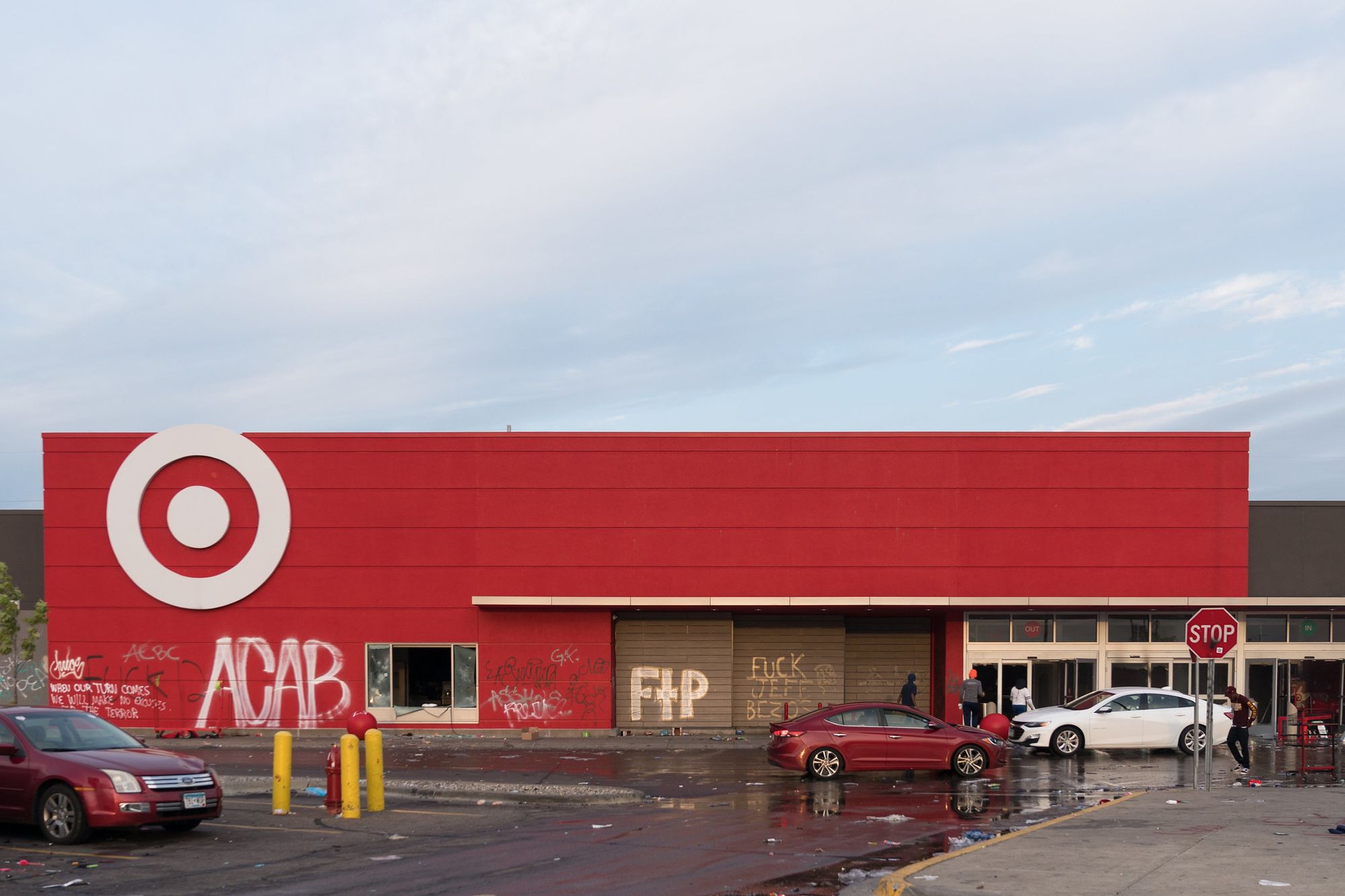
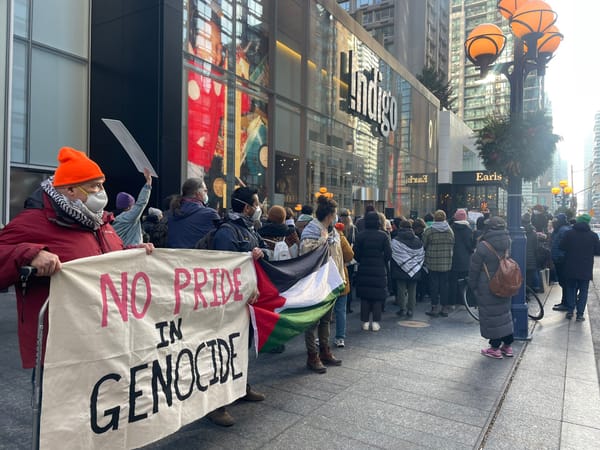
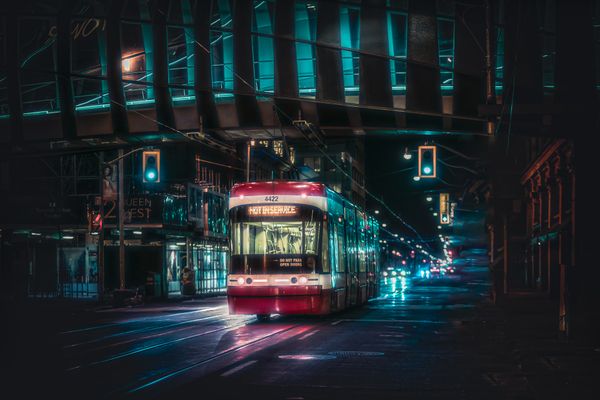
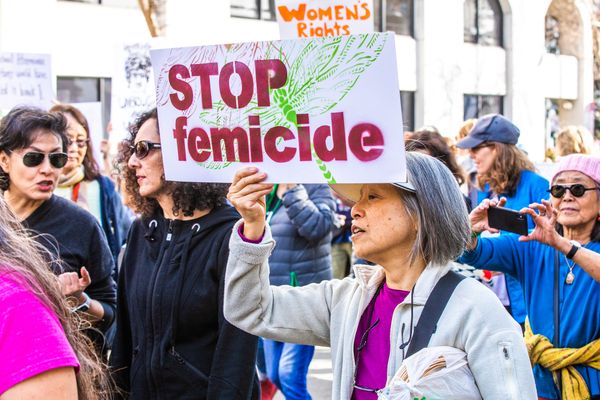
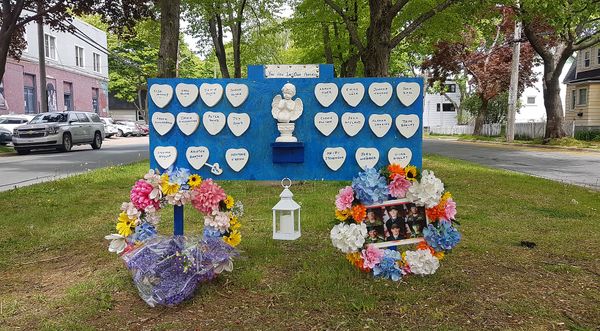

Member discussion